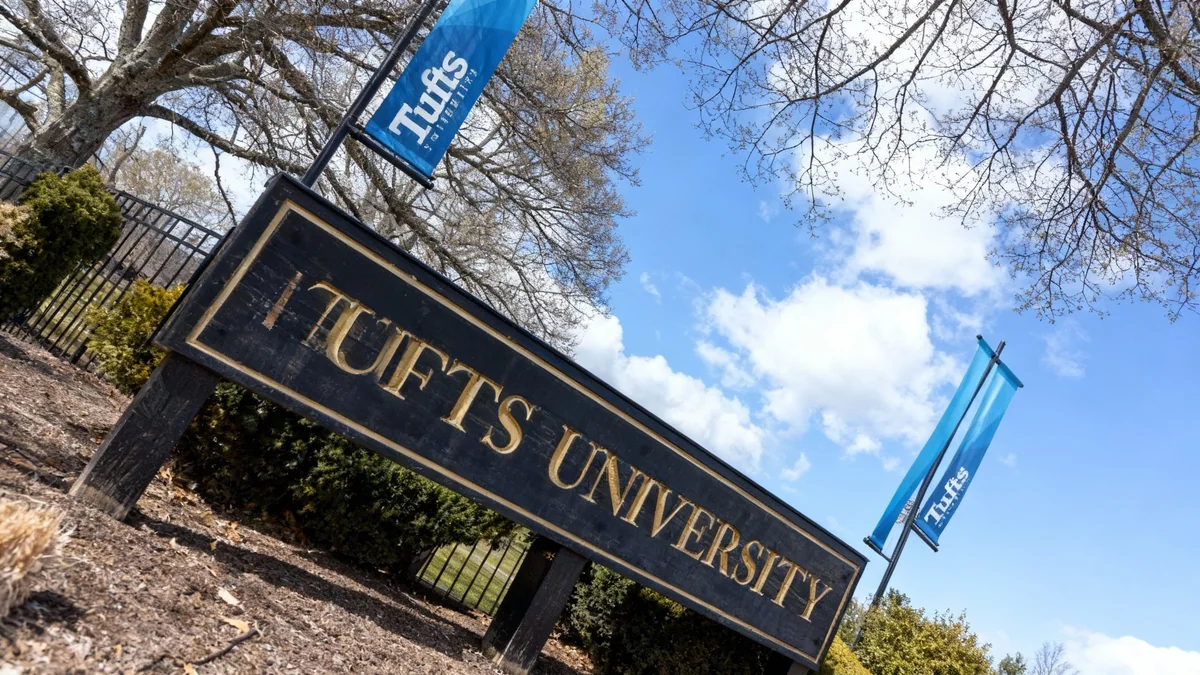Michigan's push for universal preschool is showing significant results, with state officials announcing a substantial increase in enrollment for the upcoming school year. The Great Start for Readiness Program (GSRP) has seen a nearly 21% jump in participation, a sign that more families are taking advantage of the state-funded initiative.
As of October, 51,000 four-year-olds are registered for the 2025-26 academic year. This figure represents an increase of approximately 9,000 children compared to the same time last year. State leaders are encouraging more families to enroll, emphasizing that spots are still available across all school districts.
Key Takeaways
- Pre-K enrollment for four-year-olds in Michigan has increased by nearly 21% year-over-year.
- The program is now universally available to all families, regardless of income, saving them up to $14,000 annually.
- Michigan aims to enroll 75% of all four-year-olds in preschool by 2027.
- The state's program is nationally recognized for its high-quality standards, meeting all 10 benchmarks from the National Institute for Early Education Research.
A Major Step Toward Universal Access
The surge in enrollment marks a key milestone in Michigan's long-term strategy to provide free, high-quality preschool to every four-year-old. The state's goal is to reach 75% enrollment by 2027, and the latest figures suggest strong progress.
During a news conference in Flint, officials from MiLEAP, the state agency managing early childhood education, attributed the growth to a successful public awareness campaign. The campaign has focused on informing families that the program is no longer restricted by income.
"We've surpassed last year's enrollment numbers so we know we're making progress. There are no income restrictions... It means every family can go to work knowing their kid is safe and learning."
- Emily Laidlaw, Deputy Director of MiLEAP
This universal approach is designed to remove financial barriers and provide critical support for working families. The potential savings of up to $14,000 per year on childcare costs is a significant incentive for many households.
Enrollment Snapshot
- Current Enrollment (2025-26): 51,000 children
- Year-Over-Year Increase: ~9,000 children (21%)
- 2024 Enrollment Rate: 56% of all 4-year-olds
- State Goal for 2027: 75% enrollment
The Benefits Beyond the Classroom
State and local leaders emphasize that the value of high-quality preschool extends far beyond academic preparation. Research has consistently shown that early learning contributes to healthy brain development and long-term success.
A recent study from MIT on Boston's preschool program found that attendees were more likely to graduate high school, take the SAT, and enroll in college. They also had fewer high school suspensions.
In addition to educational benefits, Michigan's GSRP offers essential wraparound services. These include free breakfast and lunch, as well as developmental screenings for conditions like autism, ensuring children receive necessary support early on.
A Parent's Perspective
Blake Kish, a foster and adoptive parent whose children have attended GSRP, spoke at the conference about the program's transformative impact. He highlighted the safe and caring environment it provides.
"High-quality pre-K means our kids are in a safe and caring environment... You're giving them the head start and opportunity to prepare for success in school. Pre-K for All is an exceptional program."
- Blake Kish, GSRP Parent
Kish noted that kindergarten teachers were impressed by the advanced skills of his children who completed the program, reinforcing its role in preparing students for their educational journey.
How the Program Works
Michigan's approach relies on a "mixed delivery system" to ensure broad access and flexibility for families. This means GSRP classrooms are available in both traditional public schools and community-based childcare centers.
Currently, about 30% of GSRP classrooms are operated through these private childcare partners. This model is crucial for meeting the needs of working parents, as childcare centers often offer more flexible schedules and extended hours than school districts.
A Model of Quality
Michigan's pre-K program is one of only five states in the U.S. to meet all 10 quality benchmarks set by the National Institute for Early Education Research (NIEER). These standards cover factors like teacher credentials, class sizes, and curriculum. The state invests approximately $12,000 per student to maintain these high standards.
To support this expansion, the state has provided start-up grants to help both schools and childcare centers cover the costs of opening new classrooms, such as building renovations. This investment is key to building the necessary infrastructure to accommodate more children.
Challenges and Future Growth
While enrollment is climbing, state leaders acknowledge that continued growth depends on addressing key challenges. The most pressing is the need for a robust workforce of qualified early childhood educators.
"The program can only grow to the extent that we have loving adults who want to be educators. There's no better time to be a part of early childhood as an educator."
- Steve Tunnicliff, Superintendent of Genesee Intermediate School District
Officials are also working to reassure private childcare providers who worry that the free program could hurt their business. As more three- and four-year-olds move to state-funded programs, providers risk losing the revenue that helps subsidize the high cost of infant care. State officials maintain that these providers are essential partners in the mixed delivery system.
Looking ahead, the state is also expanding its focus to younger children. This year's budget includes $25 million to expand Strong Beginnings, the GSRP-style program for three-year-olds.
How to Enroll
Enrollment for the current school year is still open for the next two months. Families with a child who turns four by December are eligible.
- Visit the official state website: Miprekforall.org.
- Enter your ZIP code to find local program options.
- Contact your local Intermediate School District (ISD) for specific cutoff dates and enrollment details.
Officials like Steve Tunnicliff are urging families to explore the opportunity. "When I talk to families, they think there must be a catch. There is no catch. This is an investment in our state and I encourage families to take advantage of that opportunity," he said.





